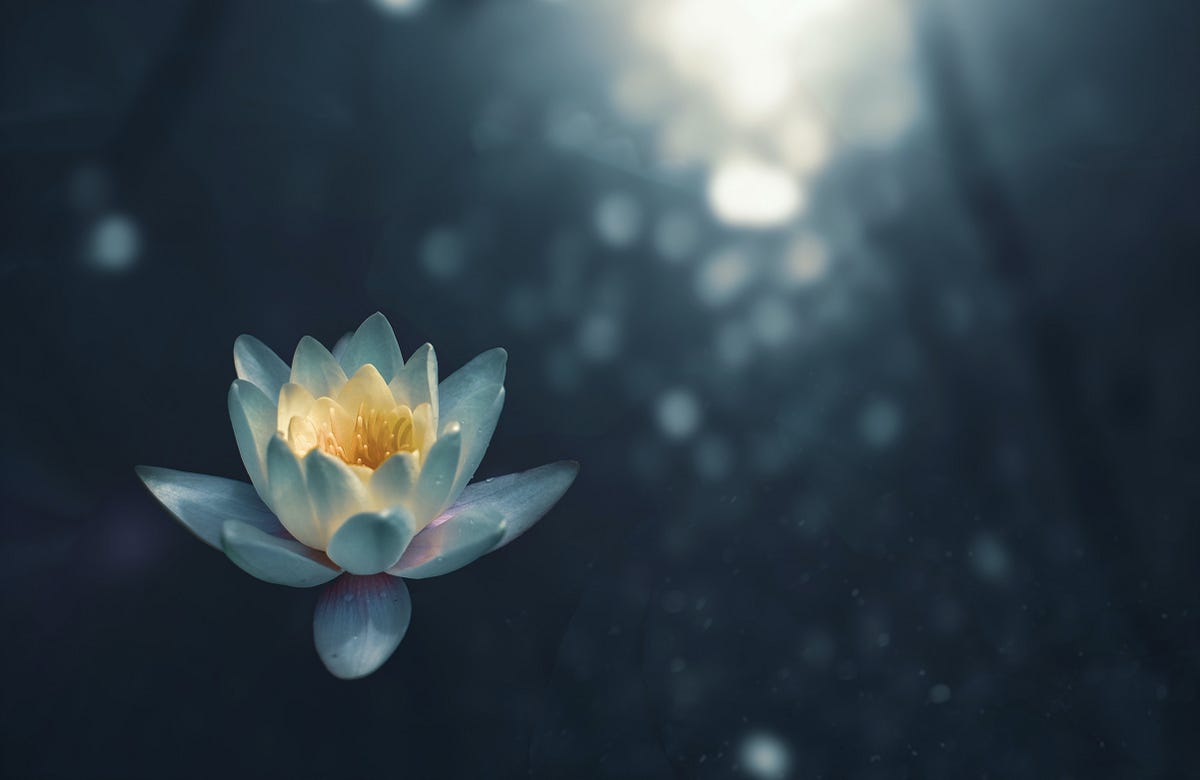
The Last Guide You Only Need: Mastering Vipassana Meditation for Ultimate Inner Peace
Evolution of Vipassana Meditation
Vipassana Meditation, rooted in the compassionate teachings of the Buddha, flourished as the sage urged his disciples to spread this transformative practice for the benefit and happiness of many. This profound directive echoed in the Dutiyā Mārapāsa Sutta, Saṃyutta Nikāya, IV (I).5, motivated the Buddha’s first 60 fully liberated disciples to disseminate Vipassana with love and compassion. Kings like Bimbisāra, Suddhodana, and Prasenajita contributed to its spread, recognizing the efficacy of the technique beyond royal patronage.
Emperor Asoka, two centuries later, played a pivotal role in the global propagation of Vipassana. Transformed from ‘fierce Asoka’ to ‘Dhamma Asoka’ after practising Vipassana, he established cities, initiated teachings in prisons, and sent Dhamma messengers to various regions. His compassionate efforts paved the way for spreading the Dhamma to Syria, Egypt, Central Asia, China, Korea, Japan, and Southeast Asia. Myanmar stood out as a bastion of purity, preserving Vipassana in its authentic form through centuries. The lineage continued through Sayagyi U Ba Khin, who passed on the teachings to S. N. Goenka, leading to the fulfilment of the earnest wish for Vipassana’s return to India in 1969. This journey, marked by compassion, royal support, and unwavering preservation, underscores the profound impact of Vipassana Meditation across centuries and continents.
Understanding Vipassana
Vipassana is based on the awareness of the breath. The easiest way to watch is from the entrance of the nose. When the breath comes in, feel the touch of the breath at the entrance of the nose — watch it there. The breath goes in, and you feel it going in: watch it. And then follow it, go with it. Vipassana is not concentration.
Focus on the present moment as you breathe. Unlike thoughts that can wander to the past or future, your breath anchors you to the now. The body exists in the present, while the mind often oscillates between what has been and what might be, creating a disconnect. This separation gives rise to feelings of anxiety, tension, and anguish. To alleviate this, it’s crucial to center the mind in the present, as there is no alternative time. By harmonizing the body and mind in the present, one can overcome worry and experience a sense of tranquility.
While watching, you will find there comes a point where it stops. Just somewhere near your navel it stops — for a tiny tiny moment, it stops. Then it moves outwards again; then follow it — again feel the touch, the breath going out of the nose. Follow it, go with it outside — again you will come to a point, the breath stops for a very tiny moment.
Then again the cycle starts . Inhalation, gap, exhalation, gap, inhalation, gap. That gap is the most mysterious and important phenomenon inside you. When the breath comes in and stops and there is no movement, that is the point where one can attain tiny flashes of nirvana. Or when the breath goes out and stops and there is no movement.
Vipassana Instructions
- Find a comfortable place to sit for meditation. It’s important to sit with your back and head straight. Your eyes should be closed and the body as still as possible. A meditation bench can help, or a straight-backed chair or any arrangement of cushions
- The recommended duration for meditation is 30 to 60 minutes, but feel free to go with the flow of your practice.
- There is no special breathing technique; ordinary, natural breathing is fine. Vipassana is based on the awareness of the breath, so the rise and fall of each breath should be watched, wherever the sensation is felt most clearly — at the nose or in the area of the stomach.
- Whatever comes up can be watched as clouds passing in the sky — you neither cling nor reject. Whenever there is a choice of what to watch, return to awareness of breathing
My Experience
It is simple to follow Vipassana meditation, with not many steps to be followed, making it very convenient. However, due to the conditions of our minds, we can see how difficult it is to embrace the present. As you sit for long enough, there comes a point of no mind. That experience cannot be defined with words. Initially, although it was simple, the barrier of the mind created a little frustration. But one or two weeks later, it becomes a great experience. Do this meditation with no mind, and then this meditation becomes a great relaxation.